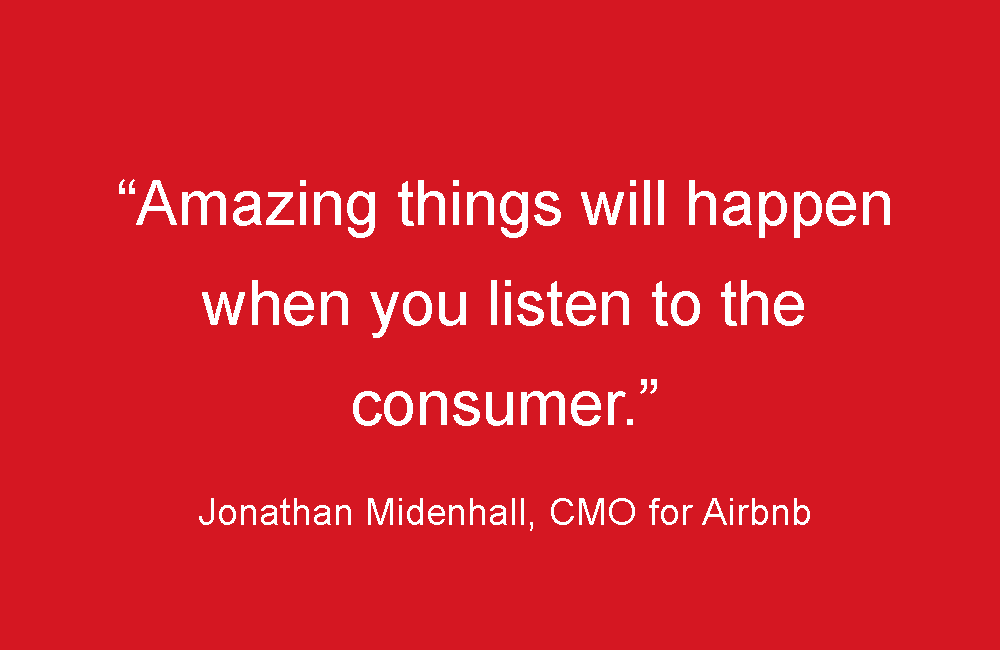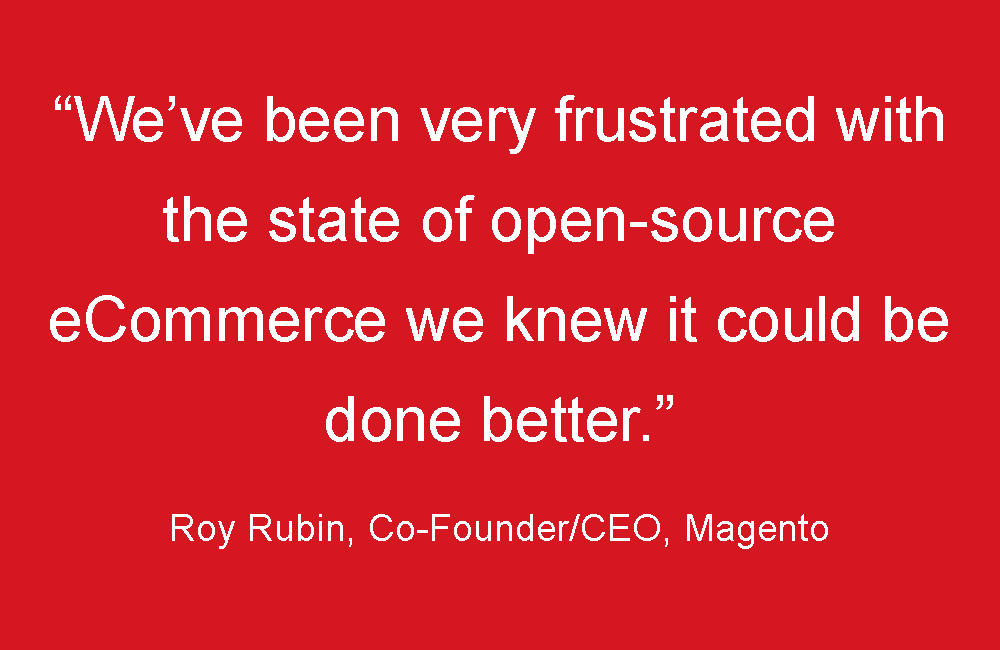The biggest Risks for Your eCommerce Traffic and Conversion Rates
In this article I want to give you an overview of the biggest risks for your eCommerce traffic and conversion rates. This list doesn’t claim to completeness but wants to inspire you to rethink your potential to optimize. Let me give you some ideas.
Slow Loading Times
One of the most important conversion rate boosters is speed on all devices. Google announced the loading time has to be less than 3 seconds to get considered. Amazon knows 100ms increase in loading time costs 1% of revenue, while Yahoo told us
400 ms more means that 5-9% of our users think there is nothing else coming and break up.
Missing Responsiveness
One of the top conversion rate killers is a lack of mobile responsiveness. The explanation is simply the increased mobile traffic. Try to create a clear and structured navigation for mobile devices as well and use AMP to speed up your pages significantly.
24/7 Support
Offering direct contact possibilities might be important to simplify pre and after sales support. Especially a service hotline is a very welcome way to address short questions but also for complex products consulting is an important element to convince users of your products and services. As an alternative you can include chat functionality. Just an email address would be the better than nothing solution.
Missing redirects
Imagine you are lucky because one of your clients remembers your product and bookmarked the product detail page. In the meantime your company created a product update and forgot to redirect from old versions to the updated product. Missing redirects are really unneccessary. Moreover you should take care that you redirect correctly. 301 redirects make only sense if you have a 1:1 replacement URL, because otherwise Google will probably see a 404 error. So, ensure to check your URLs. In case, your product pages have very different content you should work with product widgets on outdated product detail pages.
No significance in A/B tests
Run your A/B tests until you reach signifance. Keep in mind: p < 0,05 is not significant. In case companies don’t care about this rule, its strategy is nothing else than p-hacking. Some practical tips for your A/B tests are:
- Prefer to use active verbs instead of nouns whenever possible e.g. “Try for free” instead of “Free trial”.
- Less is more: In fact, A/B testing has shown that removing any fields that Aren’t crucial will have a huge impact on engagement.
- Define clear tracking goals and evaluate what makes more sense to measure: Impressions, clicks, shares, comments, repeat visits, etc.
- Try to integrate personalized elements in your A/B tests.
No Product reviews
Based on the dedicated review base at Amazon, many users expect product reviews in an online shop today. On one side it shows potential customers: I am not the first and only one interested in that product. On the other side, the review statement itself offers credibility and valuable information. Of course, the information character can be only guaranteed be qualified feedback. Indeed, for many people the five star symbol works sublime like an official quality guarantee.








